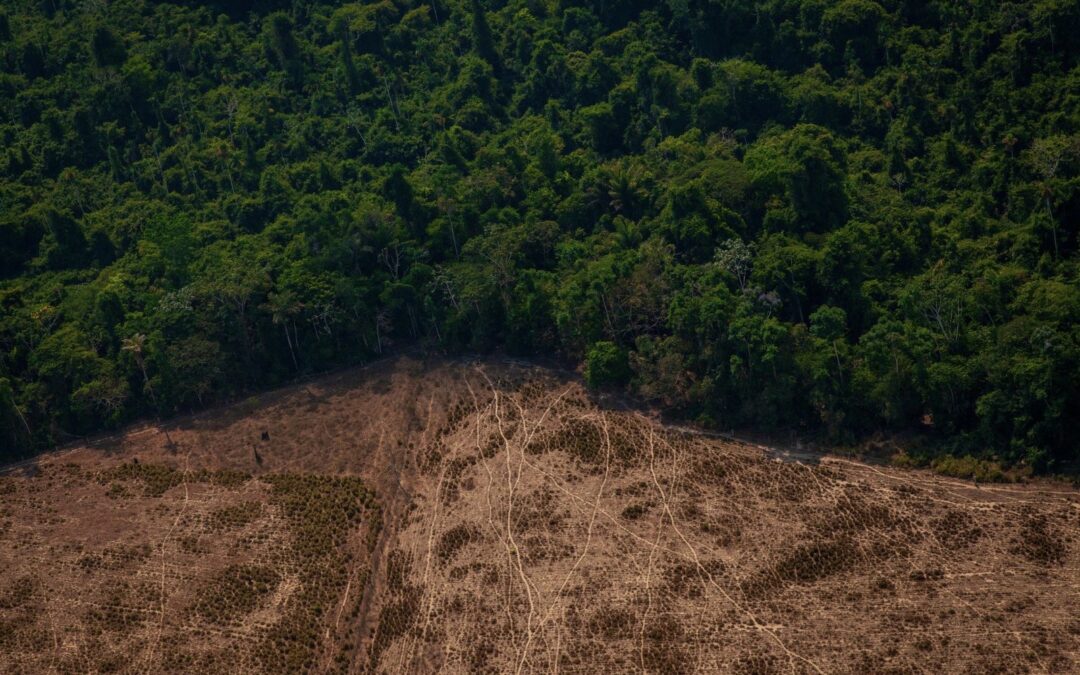Vanessa Dos Santos, Research Engineer at HETWA, has carried out an in-depth study of the performance of 23 satellite precipitation products in the vast Congo Basin. This work, at the crossroads of data science and climatology, set out to unravel the distributions and characteristics of rainfall variability, a key element in deciphering climate dynamics in this region. The Congo Basin is the second largest watershed in the world and is considered to be the lungs of Africa. This vast region in central Africa is the second largest rainforest on earth after the Amazon, occupying 26% of the planet's tropical forest surface and harbouring a rich biodiversity. The basin covers six different regions, and many millions of people are economically dependent on the resources it provides, reinforcing the impact of climate change on the area.
Beyond simple data collection, Vanessa has integrated this information into the SWAT hydrological model (https://swat.tamu.edu/), a powerful tool for simulating hydrological processes. By comparing the influence of different precipitation products on model response, she has opened up new perspectives for the sustainable management of water resources, essential in a context of climate change. Her study sheds light not only on scientists, but also on decision-makers and water managers, providing crucial information for more effective hydrological modeling.
The focus of the study was to compare the use of different data sources to obtain the best modeling results. At HETWA, we strive to select the best data source to provide the most robust studies possible.
To find out more about the fascinating results of this study, read the full article here.
Read the rest of the article here


Economic evaluation of the natural service of nitrate regulation
Roxelane Cakir, President of HETWA, has made a significant contribution to an ambitious European project, Interreg SUDOE AGUAMOD, which aims to assess ecosystem services linked to water resources across south-western Europe. At the heart of this project are...

Evaluation of ecological and hydrological indicators
Between 2017 and 2020, Roxelane Cakir, president of HETWA, led a project on the assessment of nitrate-related ecological indicators in the Garonne catchment. This study focused on the development and analysis of indicators such as...

Multi-objective optimization of eco-industrial parks
Assessing environmental impacts at watershed scale Roxelane Cakir, President of HETWA shows in this article that explores an innovative approach to integrating large-scale sustainable industrial development. The aim of the project was to...

Hydrological response to land-use change in a large basin in eastern Amazonia
In 2018, Vanessa Dos Santos, a research engineer at HETWA, conducted a study on the hydrological impacts of land-use changes in a vast watershed in the eastern Amazon. The project focused on the consequences of the passage of a...


